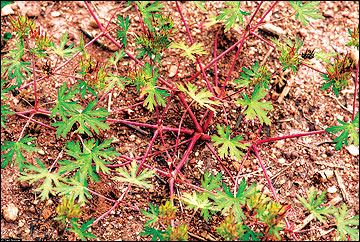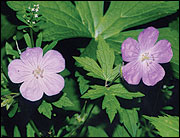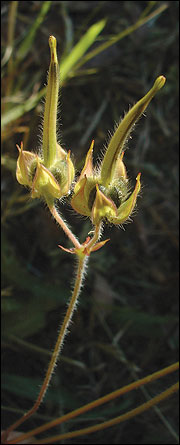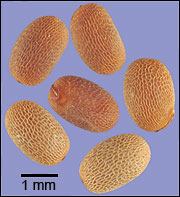Wild geranium
- Geranium carolinianum, G. maculatum
- Crane's bill
Forb
Leaves are palmately lobed, spreading out like the fingers on a hand. This is G. carolinianum, which is deeply lobed.
©Ted Bodner, USDA-NRCS Plants Database
Description
Leaves of Geranium species are deeply cleft and palmately lobed. Geranium maculatum is most often found in woodlands, while G. carolinianum is more likely to be found in pastures, roadsides and other open areas. Seeds are located within the sharply pointed “crane’s bill” formed by the tubelike style of the flower. The presence of G. carolinianum is a sign of recent disturbance.
Bloom period
April to June
Use by bobwhites
Wild geranium adds to plant diversity within bobwhite habitat. Because it matures and flowers in the spring and early summer, wild geranium provides seeds and attracts insects earlier than many other plants.





